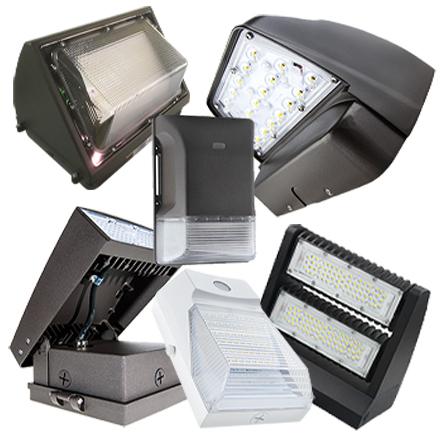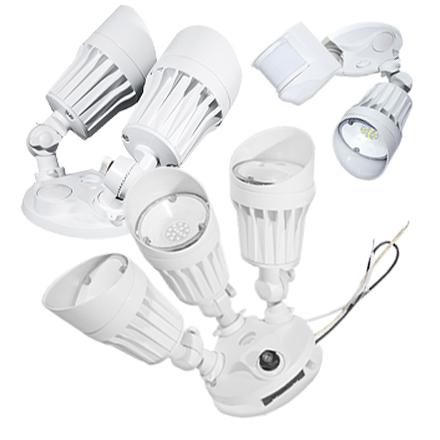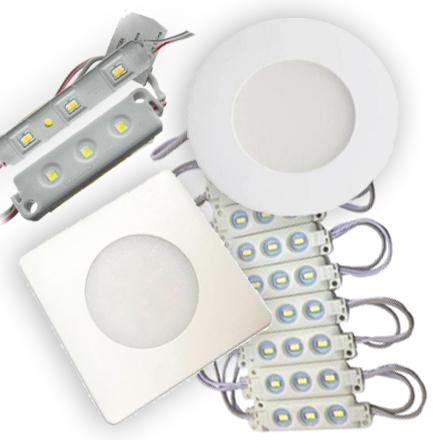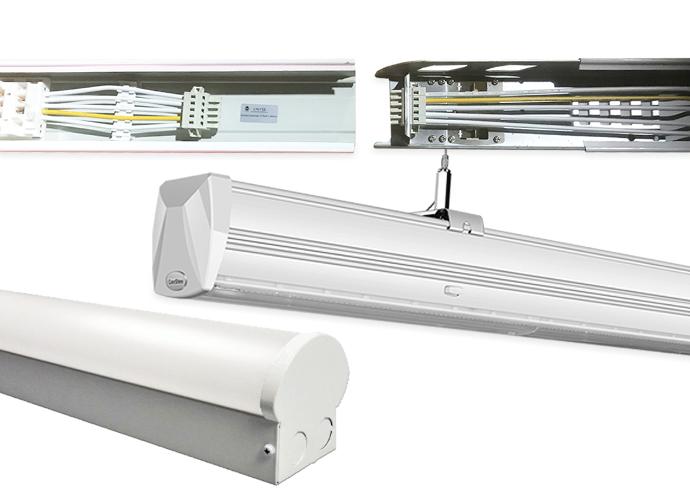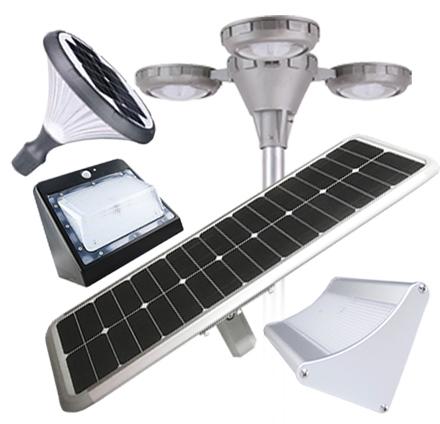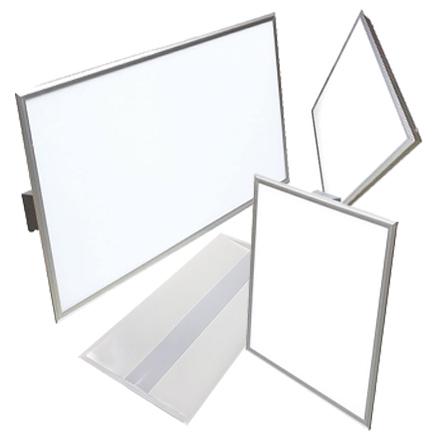What is an LED Light?
Many are wondering what is an LED light and why is the technology creating such a buzz? If you’ve ever become frustrated with that one light bulb you seem to constantly replace, or the fact that the lights in your home can sometimes make it feel too warm, LED lights are the ideal solution. Although these lights were invented in the twentieth century, they have skyrocketed in popularity in the last couple of decades.
Before you replace that next light bulb or order new lights for the company parking lot, educate yourself about LED lights and their multiple benefits.
What Is an LED Light?
Write one or two paragraphs describing your product or services. To be successful your content needs to be useful to your readers.
Start with the customer – find out what they want and give it to them.
Although most people only hear it referred to as LED, the acronym actually stands for light emitting diode, which can beg the question, “What is a diode?” Basically, a diode is an electrical component that is a conductor for electricity. Essentially, an LED emits light called electroluminescence when that electricity flow takes place.
LED lights are often most popular in a what many refer to as a white light, but these lights can also come in a variety of other colors such as yellow, amber, blue, green, and red. In order for an LED light to take on a white or yellowish hue, it is typically combined with a phosphor material. White and yellow lights are often used for home applications, while colored LEDs are more popularly used in indicator or signal lights.
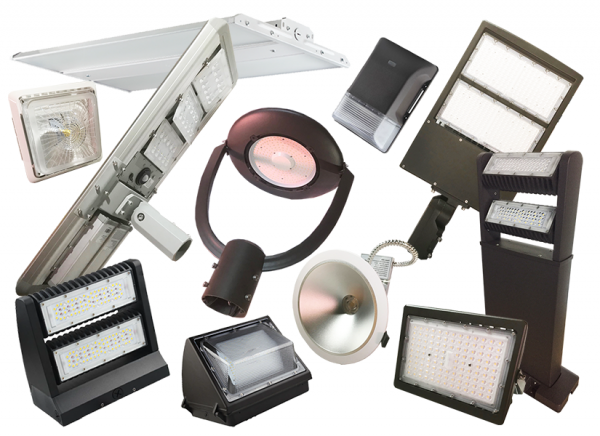
There are many different types of LEDs which you likely use or see during the course of your day, including:
- Flash LEDs: Because these LEDs are connected to power without series resistors, they are frequently used in vehicles and signboards.
- High Power LEDs: This technology can be found in vehicle headlights, high powered lamps, and equipment that is mechanical and industrial in nature.
- Miniature LEDs: These are typically found in small appliances like calculators, cell phones, and remote controls.
- Blue, Green, Red LEDs: These lights combine the colors of blue, green, and red to make another color for lighting.
How an LED Light Bulb Differs from a Regular Light Bulb
For most lighting projects, the LED light bulb has become the go-to, but how does it differ from a regular light bulb? While some LED lights may resemble a regular light bulb in shape, they are engineered to work differently. In a nutshell, LED lighting is more durable, efficient, and versatile than incandescent, halogen or fluorescent.
- Durability – Most LED lights on the market are estimated to last a minimum of twenty thousand hours, but capacity is growing daily with advances in technology so that some LED lights may potentially last up to fifty thousand hours.
- Efficiency – LED lights work up to ninety percent more efficiently than an incandescent light bulb. In addition to this, LED bulbs have a longer lifespan than other lighting options.
- Versatility – The sky can be the limit when it comes to multiple uses for LED lights, from the home to the workplace to just about anywhere with electricity.
Because of their more efficient lighting capacity and ability to last longer, LED lighting has become the foundation for innovation in lighting technology and is frequently preferred over more traditional options.
Uses for an LED Light
There are more uses for LED lights than there is space to list them because they have both indoor and outdoor applications for commercial, industrial, and residential areas. Some of the most popular ways LED lights are used can include:
- Art lighting
- Bollards
- Canopies
- Curio cabinet lighting
- Downlights
- Emergency lights
- Exit signs
- Floods
- High bays
- Parking lot lights
- Post tops
- Security lights
- Solar lights
- Strip lights
- Troffers
- Under cabinet lighting
- Wall packs
Benefits of Using an LED Light
While some may believe that a regular light bulb and an LED light bulb are relatively the same, there are some important benefits of using an LED light instead, such as:
- Efficiency – LEDs are considered directional sources of light, meaning their emittance of light is more focused and efficient.
- A longer bulb lifetime – Most regular light bulbs will give a final flash of light before making a popping noise and going out completely. LED bulbs work differently as there tends not to be such an inconvenient show stopping finale. Instead, these bulbs display something called lumen depreciation in which the brightness of the bulb simply dims gradually over time. The lifetime of an LED bulb can be drawing to a close once its output diminishes by approximately thirty percent, giving ample time for replacement.
- Better heat management – LED lights are unique in that they rely on something called heat sinks to help absorb the heat produced by the bulb and disperse it. A heat sink is essentially a metal surface that radiates heat and transfers the light’s heat to the atmosphere. This thermal management is one of the primary contributors to an LED light having a longer lifespan than a conventional bulb.
- Dimming capabilities – Unlike many incandescent light bulbs, LED lights have the ability to control lighting via dimming.
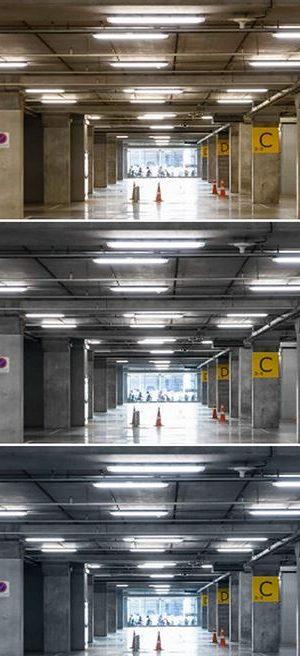
3 Considerations for Choosing an LED Light Provider
Although LED lights are widely sold, there are advantages to purchasing these lights from a professional lighting company, including:
- Experience – It is best to look for a company that has decades of experience in the lighting industry. This can lend itself to the company’s credibility and typically says a great deal about customer satisfaction. Experience means the company has experience with multiple applications and retrofitting of LED lighting.
- Scope of products – Work with a company that offers a wide scope of products that are perfect for the home, office, and beyond. This versatility ensures that no matter your lighting needs, a trusted professional is ready to help.
- Customization – Professional LED providers are also able to provide higher levels of customization for client projects. Want to install under cabinet lighting or have just the right lighting for your newly acquired art masterpiece? A professional can help see these projects through to completion.
So, what is an LED light? It is innovative lighting technology here in the present as well as a wave of the future. Reach out to a lighting professional today to make your lighting work better for you.
